Learn how in this writing-process writing workshop
As a writing trainer and coach, I can always tell when a writer has written a message before organizing it, edited a message before writing it or failed to write the message at all.
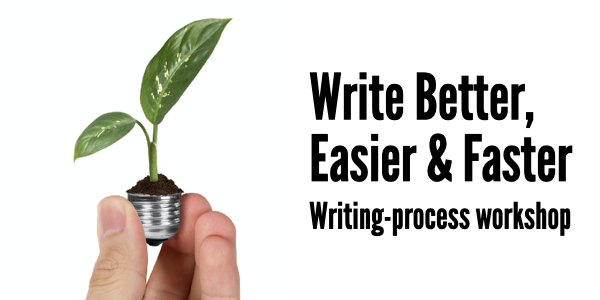
I can tell when a writer “writes” by typing up her notes and moving them around in Microsoft Word — or when he sits with his nose in his notebook for too long.
“It is possible to get better at the process of writing. I always just thought that I was bad at that part.”
— Amanda Johnson, project manager, Prince William Sound Regional Citizens’ Advisory Council
Read more rave reviews
The writing process is important: The way you write affects how well you write.
Problem is, most of us were taught a lousy writing process.
But in writing coach Ann Wylie’s How to Write Better, Easier & Faster writing workshop, you’ll learn a 6-step writing process that saves you time and effort and helps you find joy in your writing.
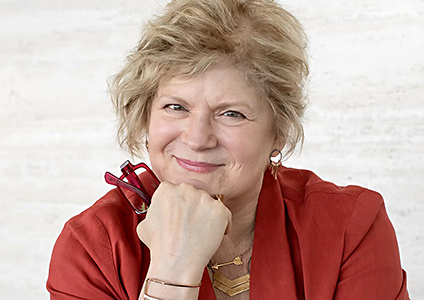
Agenda
In this workshop, you will learn how to:
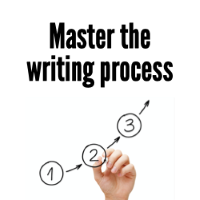
|
Master the writing processLearn a 5-step creative process and a 3-step writing process that works with — not against — your brain. Produce dazzling ideas and brighter pieces when you:
|
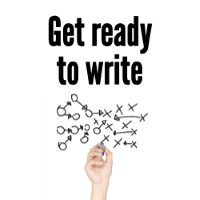
|
Get ready to writeTyping’s not writing. Thinking is writing. In this session, you’ll learn how to develop a plan for your story — from coming up with your story angle to mapping out structure. Specifically, you’ll learn how to:
|
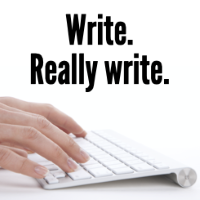
|
Write. Really write.There comes a point in any writing project where you have to follow Ernest Hemingway’s first rule for writers and apply the seat of your pants to the seat of a chair. You have to write. Only forget that kind of writing where you hunt for the right word; peck it out; shuffle through your notes looking for some lost quote; then head to the vending machines for the third time in 15 minutes, hoping that when you come back you might — just might — think of something to say. In this session, you’ll learn how to:
|
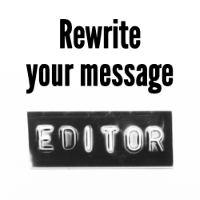
|
Rewrite your messageOnce you write it, you need to make sure it’s written right. In this session, you’ll learn how to:
|
I’m ready to Write Better, Easier and Faster!
I’d like to:
- Book Ann to train your whole team in an in-house training program.
- Attend How to Write Better, Easier & Faster, Ann’s public writing-process online course.
- Browse Ann’s other Master Classes: Build your writing skills when you attend one of our public writing workshops.
Questions? Contact Ann.
